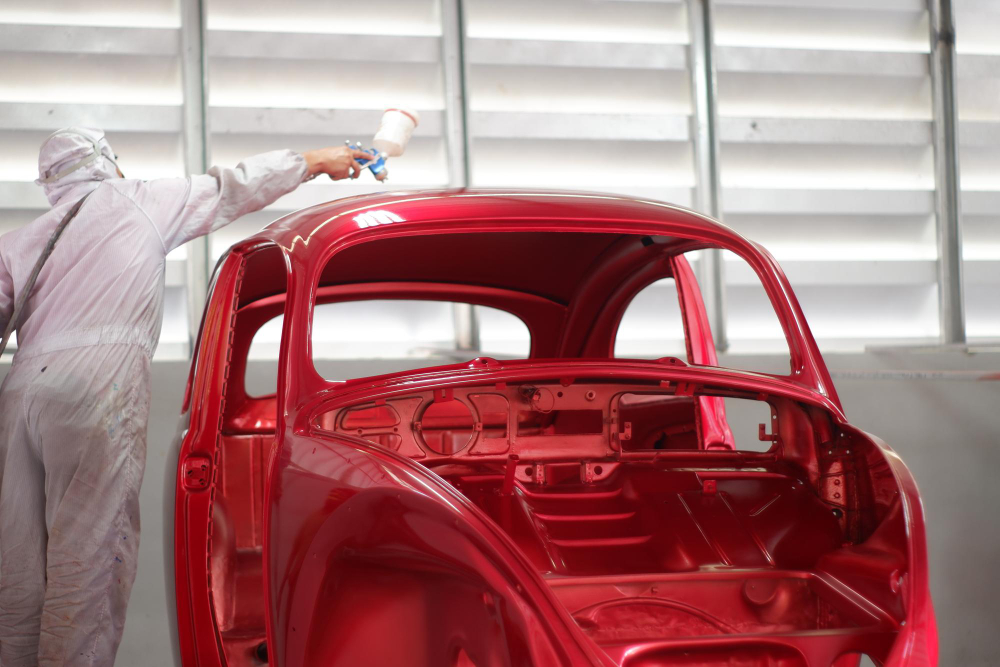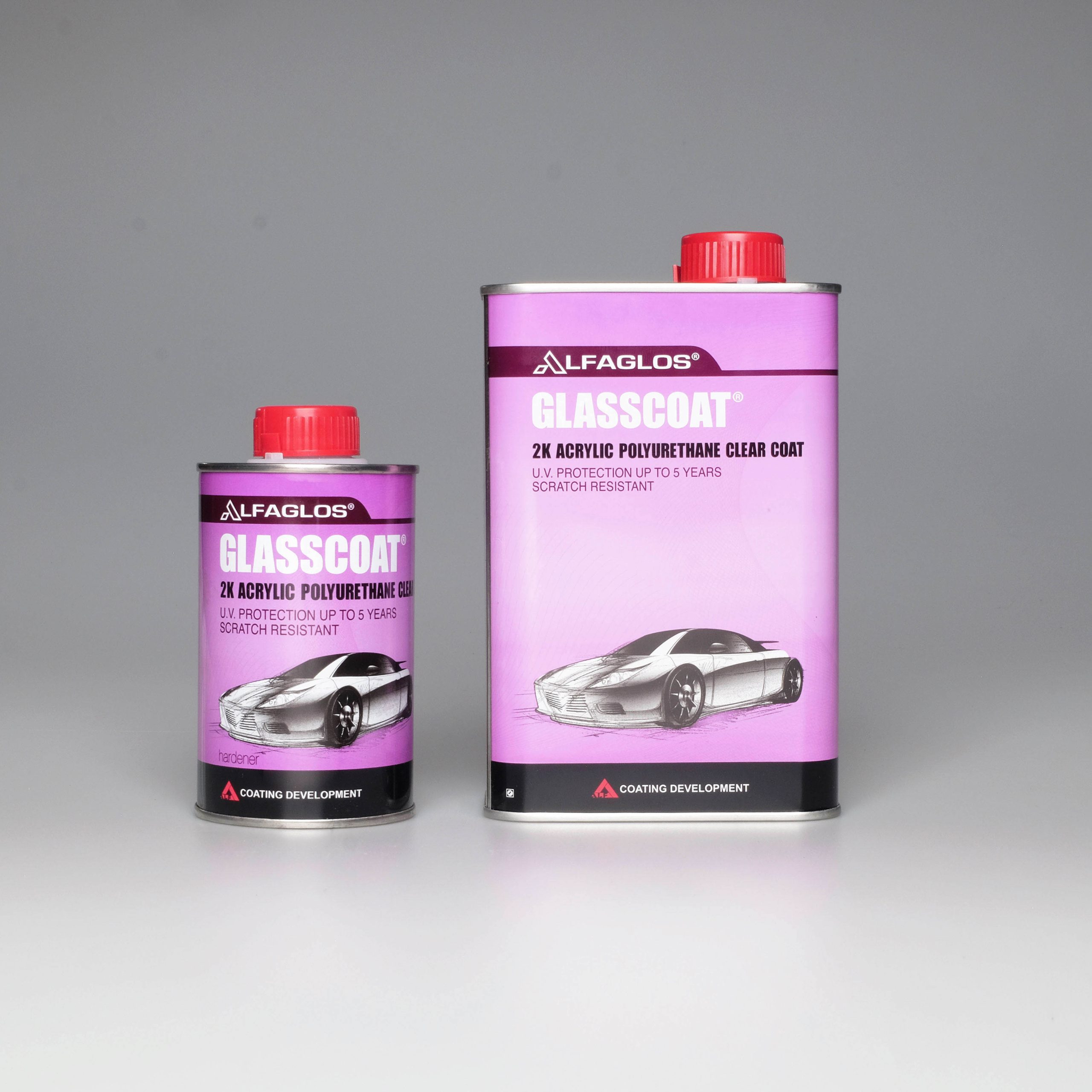Avoid 5 Common Mistakes When Using Car Body Filler for Auto Body Repair
14 Juli 2025 | By Alfatama Admin

In the world of auto body repair, applying car body filler is a crucial step to restore a vehicle’s surface to a smooth, paint-ready condition. Unfortunately, many beginner technicians and automotive hobbyists make fundamental mistakes during the filler application process. These errors can compromise the final result and reduce the durability of the repair.
From choosing the wrong type of body filler to rushing the drying process, even small mistakes can have a major impact on the quality of the finish. This article will highlight five common mistakes people make when using car body filler, along with their potential consequences and practical solutions to avoid them. Whether you work in a professional body shop or handle repairs in your home garage, these insights are meant to help you achieve better, longer-lasting results.
1. Using the Wrong Type of Body Filler for the Surface

Using the wrong type of body filler for your vehicle’s surface can lead to repair failure from the start. For example, applying standard filler on galvanized or aluminum surfaces may cause the filler to peel off, fail to adhere properly, or even trigger rust underneath.
The solution is to first identify the type of surface you’re working on, then select a filler specifically designed for it. For the best results, use specialty fillers made for non-ferrous metals or universal fillers formulated to work across different surface types.
2. Applying Body Filler Too Thick or Too Thin

Applying body filler too thick may seem like a quick way to cover up damage, but it actually carries serious risks. Excessively thick layers are harder to dry evenly and can lead to micro-cracks or shrinkage as they cure—flaws that will become visible after painting.
On the other hand, if the filler layer is too thin, it won’t be strong enough to cover dents or surface imperfections. The correct method is to apply the filler gradually, building up in layers no thicker than 2–3 mm each, allowing proper drying time between layers.
3. Not Allowing Enough Drying Time

Many beginner technicians rush into sanding or painting before ensuring the body filler has fully dried. As a result, the filler may shrink or form bubbles beneath the paint, ruining what should have been a smooth, precise finish.
The solution is to always allow the filler to dry for at least the minimum time recommended by the product, typically around 20–30 minutes for thin layers. For best results, let it cure naturally in a well-ventilated area and avoid rushing the process just to save time.
4. Unevenly or Rough Sanding

Using sandpaper that’s too coarse or sanding carelessly can leave the filler surface uneven or cause deep scratches. This problem often only becomes visible after painting, when the paint highlights every hidden imperfection.
To avoid this, sand in stages: start with a coarse grit to shape the filler, then switch to finer grits to smooth it out. Always use a sanding block to apply even pressure, and avoid sanding directly with bare hands to maintain a consistent, level surface.
5. Skipping Epoxy Primer Before Applying Body Filler

Lastly, many people apply body filler directly onto bare metal without using a protective layer first. However, body filler isn’t designed to resist moisture and won’t adhere properly to metal surfaces without the right primer underneath.
Baca Juga: How to Choose the Best Car Body Filler for Long-Lasting Paint Results
The solution is to apply a thin, even layer of epoxy primer on the metal surface before using body filler. This step not only improves filler adhesion but also helps prevent rust formation that could damage the vehicle’s structure over time.
To avoid these common mistakes when working with car body filler, it’s important to master the correct application techniques while also choosing the right, high-quality products.
At Alfaglos, you’ll find a wide range of top-quality car body fillers suitable for various surfaces and auto body repair needs from fillers for metal and plastic to lightweight fillers with strong adhesion.

